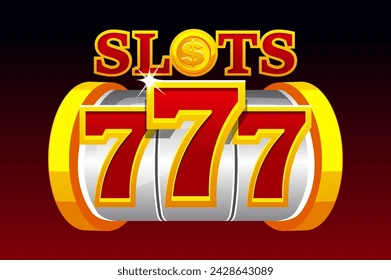As the sun dips below the horizon and the city lights flicker to life, a vibrant and dynamic world awakens. Nightlife, often characterized by its energy and allure, encapsulates a diverse array of experiences that cater to all senses and tastes. From pulsating nightclubs and cozy bars to intimate concerts and late-night eateries, 방콕 유흥 plays a crucial role in the cultural tapestry of cities around the globe. This article delves into the essence of nightlife, its evolution, and its impact on communities.
The Evolution of Nightlife
Nightlife has deep historical roots, tracing back to ancient civilizations where evening gatherings involved music, dance, and communal feasting. In ancient Greece, for instance, symposia allowed participants to engage in lively debates while enjoying wine and entertainment. Fast forward to the Renaissance, where taverns and salons served as hubs for art and philosophy.
The modern nightlife scene began to take shape in the late 19th and early 20th centuries, influenced by the rise of jazz, blues, and swing music. Speakeasies emerged during Prohibition in the United States, clandestinely serving alcohol while providing a backdrop for groundbreaking musical performances. The cultural revolution of the 1960s and 70s saw the emergence of discotheques and nightclubs, with the likes of Studio 54 becoming legendary for their extravagant parties and celebrity guests.
Diverse Nightlife Offerings
Today’s nightlife is incredibly diverse, reflecting the varied interests and preferences of urban populations. Here’s a glimpse into some of the different facets:
- Clubs and Dance Halls: These venues often feature DJs spinning electronic beats, live bands, or themed parties that attract large crowds. Cities like Berlin, Ibiza, and Las Vegas are renowned for their vibrant club scenes, drawing in both locals and tourists seeking to dance the night away.
- Bars and Pubs: From craft cocktail lounges to traditional pubs, bars offer a more laid-back atmosphere for socializing. Many establishments showcase local craft beers, unique cocktails, or specialty wines, creating a unique drinking experience. The rise of speakeasies, with their secretive entrances and vintage vibes, adds an element of intrigue to the bar scene.
- Live Music Venues: Whether it’s an intimate acoustic set or a large-scale concert, live music plays a pivotal role in nightlife. Many cities boast a variety of venues ranging from small, local bars featuring up-and-coming artists to amphitheaters hosting world-renowned bands. This element not only entertains but also fosters community through shared musical experiences.
- Food Markets and Night Bazaars: As the culinary scene has evolved, so too has the nightlife food culture. Late-night food markets and night bazaars offer a range of delicious street food and gourmet bites, making them popular among night owls. Cities like Bangkok and Taipei are famous for their vibrant night markets, showcasing local cuisine in a festive atmosphere.
- Cultural Events and Festivals: Nightlife isn’t limited to bars and clubs; it often encompasses cultural events, art exhibitions, and festivals that take place after dark. Events like Nuit Blanche in Paris or the annual White Night in Melbourne transform cities into vibrant, open-air galleries, inviting residents and visitors to explore their surroundings in a new light.
The Impact of Nightlife on Communities
Nightlife serves as more than just entertainment; it significantly influences local economies and fosters social connections. Nighttime economies can drive job creation, boost tourism, and support local artists and businesses. However, the impact of nightlife can be a double-edged sword. While vibrant nightlife can rejuvenate urban spaces, it may also lead to noise complaints, safety concerns, and gentrification, prompting cities to develop regulations to balance the needs of nightlife and residential communities.
Challenges and Innovations
As urban centers continue to grow and evolve, nightlife faces various challenges, including regulatory issues, safety concerns, and the impact of global events like the COVID-19 pandemic. Many venues have had to adapt by implementing safety measures, offering outdoor spaces, or pivoting to virtual experiences.
Innovation is key to the future of nightlife. Cities are experimenting with new formats, such as silent discos, outdoor movie nights, and immersive experiences that blend art and technology. These innovations not only provide fresh experiences for patrons but also address challenges such as noise pollution and crowd management.
Conclusion
Nightlife is a vibrant reflection of culture, creativity, and community. It evolves with societal changes, continuously offering new experiences that unite people after dark. As cities navigate the challenges of modern life, the future of nightlife promises to be just as dynamic, shaping urban identities and fostering connections that transcend the limits of time. Whether it’s through the rhythmic beats of a nightclub, the clinking of glasses in a cozy bar, or the joyful laughter at a night market, nightlife remains an essential aspect of the human experience, reminding us of the beauty of connection and celebration.

